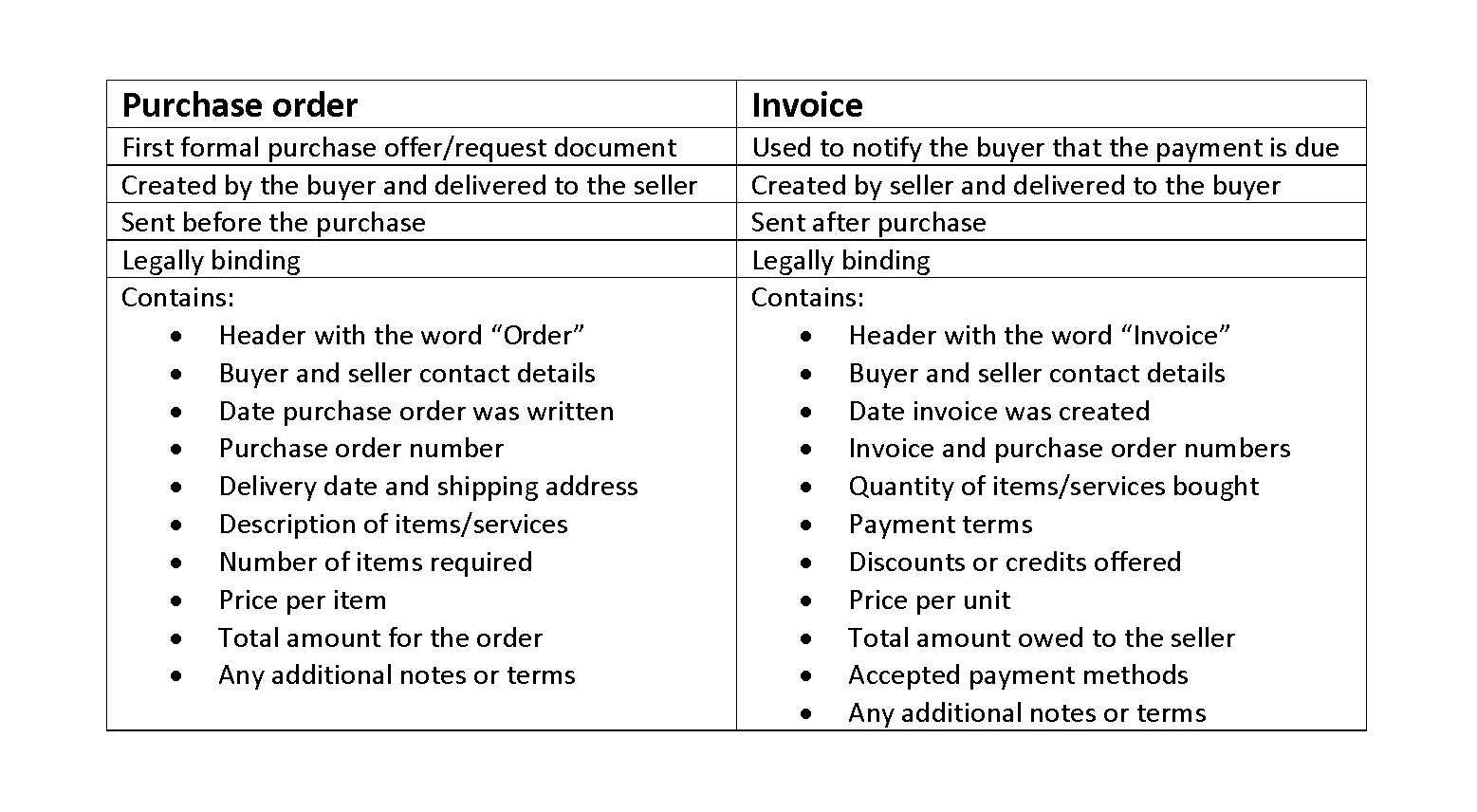
Financial reporting and strategic cost management are the two primary subjects of the US CMA syllabus. The cost principle dictates that assets are to be recorded at their original purchase cost, as opposed to current market value. This cost contains all of purchase price and any other costs like shipping or installing. When the market value of an asset continues to change, the cost recorded does not change unless a revaluation is permitted. Expenses are deferred to a balance sheet asset account until the expenses are used up, expired, or matched with revenues. An accounting guideline which allows identify the two main categories of accounting principles. the readers of financial statements to assume that the company will continue on long enough to carry out its objectives and commitments.
- These principles include the accrual principle, revenue recognition principle, matching principle, historical cost principle, materiality principle, consistency principle, and others.
- With a proven track record of successful ventures under her belt, Erica’s insights provide invaluable guidance to aspiring business leaders seeking to make their mark in today’s competitive landscape.
- It encourages organizations to consider various forms of capital, including financial, manufactured, intellectual, human, social, and natural capital, in their reporting.
- The amount in the Insurance Expense account should report the amount of insurance expense expiring during the period indicated in the heading of the income statement.
- If there are going concern issues then the financial statements will disclose this as part of the full disclosure principle.
- Comparability means that the user is able to compare the financial statements of one company to those of another company in the same industry.
Fundamental Accounting Concepts and Constraints

The concept of materiality means an accounting principle can be ignored if the amount is insignificant. For instance, large companies usually have a policy of immediately expensing the cost of Travel Agency Accounting inexpensive equipment instead of depreciating it over its useful life of perhaps 5 years. The economic entity assumption allows the accountant to keep the business transactions of a sole proprietorship separate from the sole proprietor’s personal transactions.

Example: How Accounting Methods Impact Financial Reporting
- Accrual accounting offers a comprehensive view of a company’s financial health by recognizing economic events when they occur, rather than when cash transactions happen.
- In financial accounting, it’s crucial to follow rules set by organizations like the Financial Accounting Standards Board (FASB) and Generally Accepted Accounting Principles (GAAP).
- In 2014, the FASB issued an Accounting Standards Update (ASU) entitled Revenue from Contracts with Customers (Topic 606) which provides extensive guidance for reporting revenues on the income statement.
- The recording of the government’s financial transactions is known as government accounting.
Besides, for practical reasons also, the accountants of an organization prefer to report the actual costs to its market values. However, the asset amount listed in the books of accounts of the firm does not indicate the value at which it can sell the asset. The General Accepted Accounting Principles are also known as Accounting Concepts. The primary objective of GAAP is to ensure a basic level of consistency in the accounting statements of an organization. Financial statements prepared with the help of GAAP can be easily used by the external users of the accounts of a company. Accounting standards are the principles and rules that define how companies record, measure, and report financial transactions.

Example of economic entity concept

By recognizing depreciation expense, business entities reflect the reduction in an asset’s value on their financial statements over time. The conservatism principle, also known as the principle of prudence, is an accounting principle that guides financial reporting by encouraging caution and the recognition of potential losses or expenses. In general, companies are expected to adhere to the established accounting principles.
Liabilities Reported on the Balance Sheet
Materiality Concept – anything that would change a financial statement user’s mind or decision about the company should be recorded or noted in the financial statements. If a business event occurred that is so insignificant that an investor or creditor wouldn’t care about it, the event need not be recorded. Cash accounting reports revenues and expenses as they are received and paid through cash inflows and outflows. With cash accounting, expenses https://bentuk888.net/examples-of-liabilities/ are incurred but revenue isn’t recognized until the customer pays.
- It also states the exact position of the firm’s assets and liabilities at the end of the specified time span.
- During the same decade, the American Institute of Certified Public Accountants (AICPA) worked with the SEC to develop the first formal accounting standards.
- Management accounting focus on the internalusers, mainly concerened on collecting, analysing and interpretingqualitative and financial information.
- Companies that record their financial activities in currencies experiencing hyper-inflation will distort the true financial picture of the company.
- At a corporation it is the residual or difference of assets minus liabilities.
- The book value of an asset is the amount of cost in its asset account less the accumulated depreciation applicable to the asset.

GAAP, which is the generally accepted accounting standards promulgated by the Financial Accounting Standards Board. There is a goal to move toward the IFRS as the global standard; however, the transition is proving to be difficult. Liabilities are a company’s obligations resulting from a past transaction. Typical liabilities include accounts payable, notes or loans payable, wages payable, interest payable, taxes payable, customer deposits, deferred revenue, and more. If an asset’s fair value drops below its book or carrying value, the asset’s book value may have to be decreased and an impairment loss reported on the income statement. To illustrate, assume that 18 years ago a company purchased a parcel of land for its future use at a cost of $50,000.
